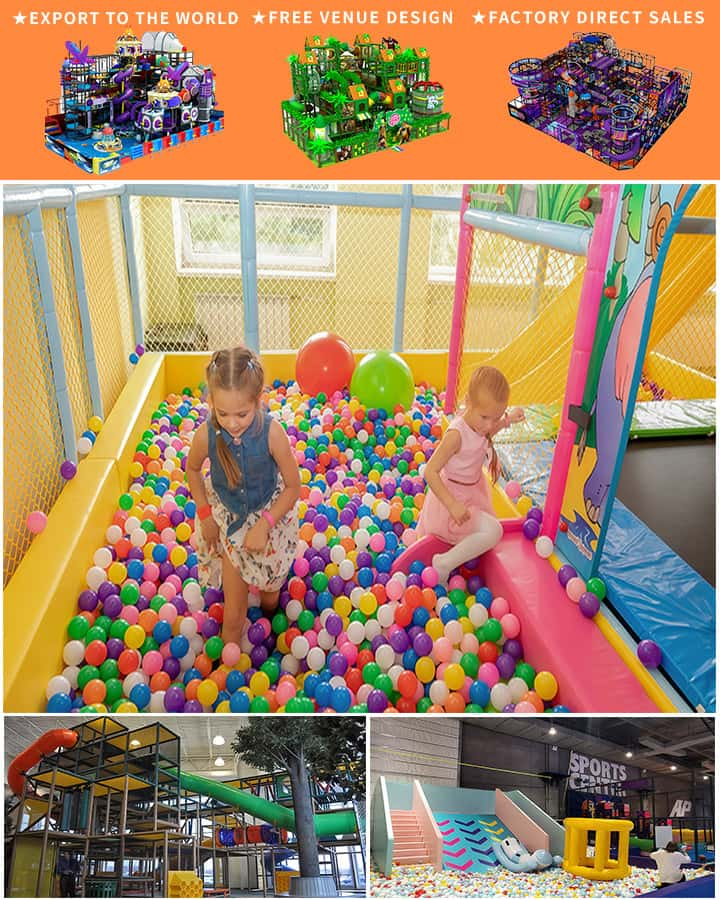When it comes to creating a joyful and engaging space for children, designing the ultimate backyard playground set is key. A well-crafted play area not only provides hours of entertainment but also promotes physical activity, creativity, and social interaction. Here are some essential elements to consider when planning your kids’ backyard playground set.
1. Safety First: The Foundation
Before diving into specific equipment, safety should be your top priority. Ensure that the playground is built on stable ground and that all equipment is securely anchored. Use soft materials like rubber mats or wood chips under swings, slides, and climbing structures to cushion falls. Additionally, choose playground sets made from non-toxic, weather-resistant materials to ensure longevity and safety.
2. Swings: The Classic Delight
No playground is complete without swings. Whether you opt for traditional single swings or more modern designs like tire swings or gliders, swings provide endless fun. Make sure the swing set is appropriate for your child’s age, with secure harnesses for younger kids and higher backrests for older children.
3. Slides: Thrills and Chills
 A good slide can be the centerpiece of any playground set. Choose slides with gradual descents for younger children and steeper ones for older kids who crave a bit more excitement. Combination units that integrate slides with climbing walls or ladders offer multiple ways to enjoy sliding fun.
A good slide can be the centerpiece of any playground set. Choose slides with gradual descents for younger children and steeper ones for older kids who crave a bit more excitement. Combination units that integrate slides with climbing walls or ladders offer multiple ways to enjoy sliding fun.
4. Climbing Structures: Build Strength and Confidence
Climbing structures such as jungle gyms, ladders, and rope climbs are excellent for developing motor skills and boosting confidence. These structures encourage children to challenge themselves physically in a safe environment. Look for multi-level forts or treehouse-style platforms for added adventure.
5. Playhouse or Fort: Imaginative Play
Every kid loves a place they can call their own. Playhouses or themed forts, whether they resemble castles, pirate ships, or space stations, inspire imaginative play. These structures often come with interactive features like pretend kitchens, lookout windows, or secret hideaways, fostering creativity and storytelling.
6. Interactive Features: Learning Through Play
Incorporating educational elements into your playground can make playtime even more enriching. Consider adding elements like chalkboard walls, musical instruments, or simple puzzles. Sandboxes and water tables offer sensory experiences while teaching basic concepts such as cause and effect.
7. Sports and Game Areas: Active Fun
A small basketball hoop, soccer goal, or even a miniature golf setup can encourage physical activity and friendly competition. These additions not only diversify the types of activities available but also help develop hand-eye coordination and teamwork skills.
8. Seating and Shade: Comfort Matters
Don’t forget to include seating areas where parents and kids can relax. Install benches or picnic tables under a shaded canopy or pergola to provide respite from the sun. This area can also serve as a gathering spot for snacks and storytelling sessions.
9. Customization: Personal Touch
Finally, personalize your playground to reflect your child’s unique interests. Custom murals, personalized signs, or themed accessories can make the space feel truly special. Involving your child in the design process ensures the playground will be a place they love and cherish.
Creating a kids’ backyard playground set is a delightful endeavor that combines safety, fun, and developmental benefits. By thoughtfully incorporating these elements, you can design a space where children can explore, learn, and grow – all while having a fantastic time outdoors.




